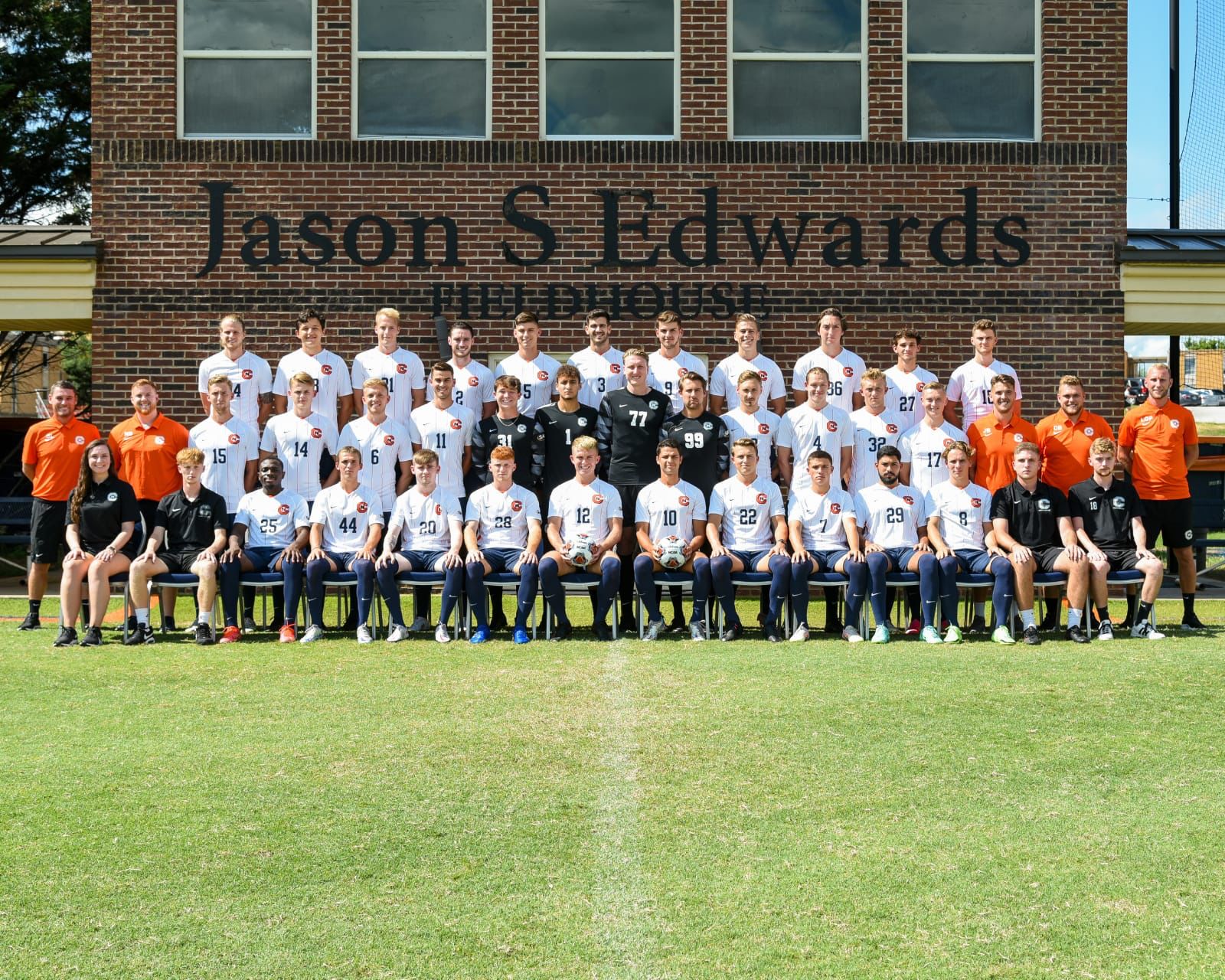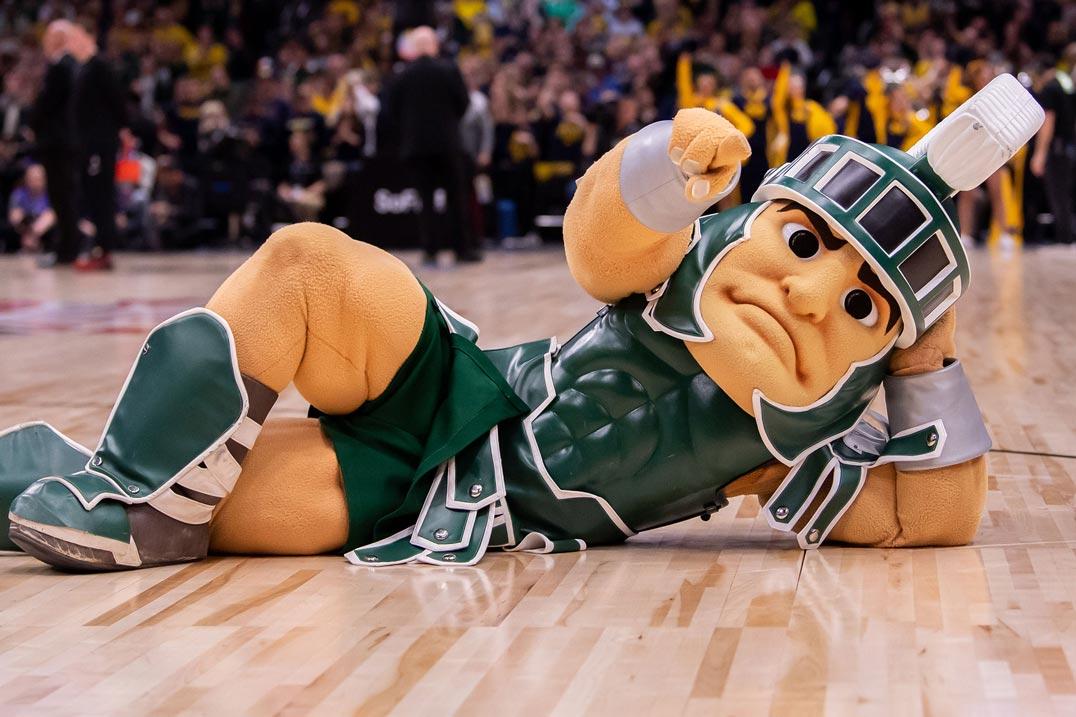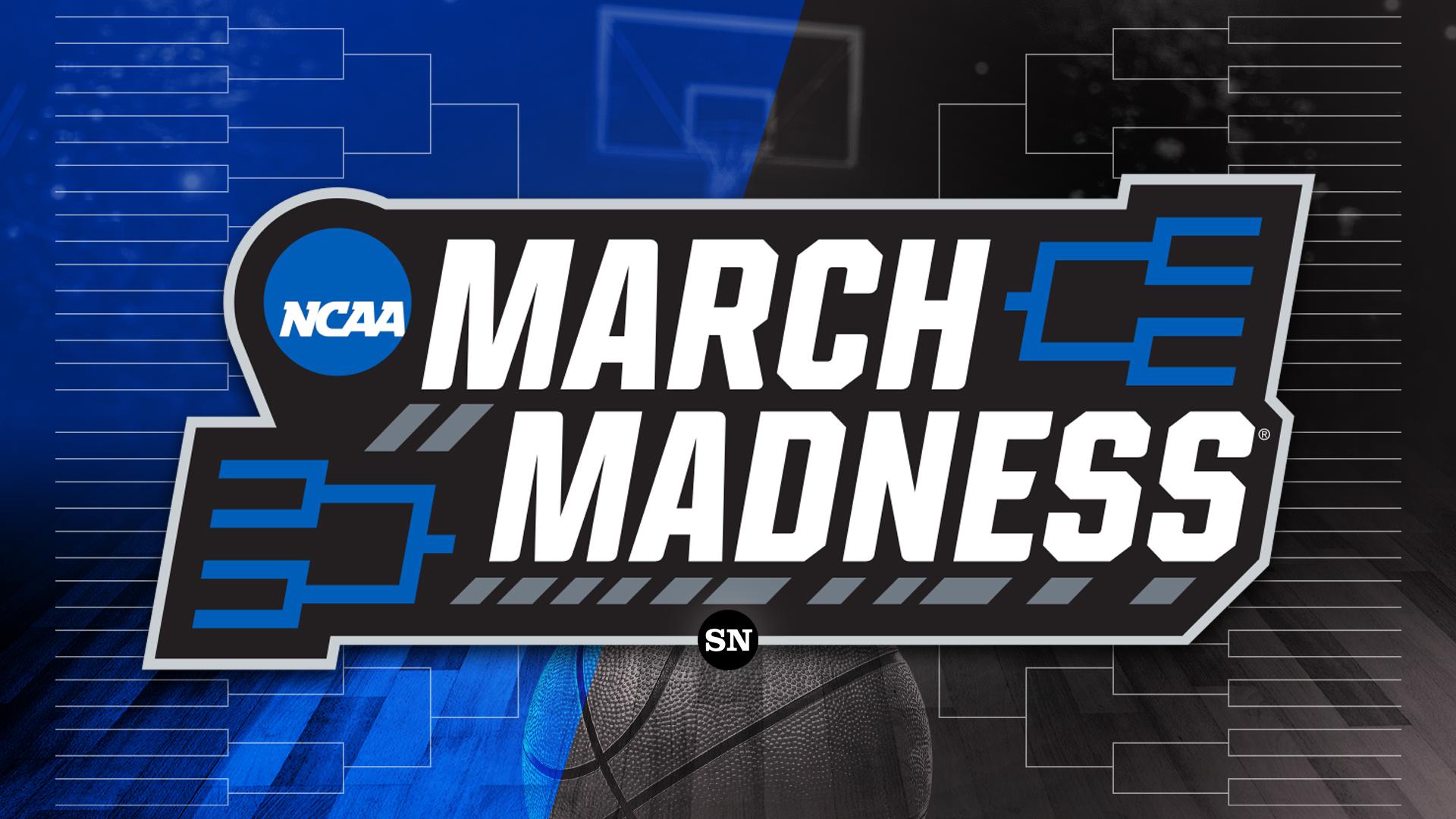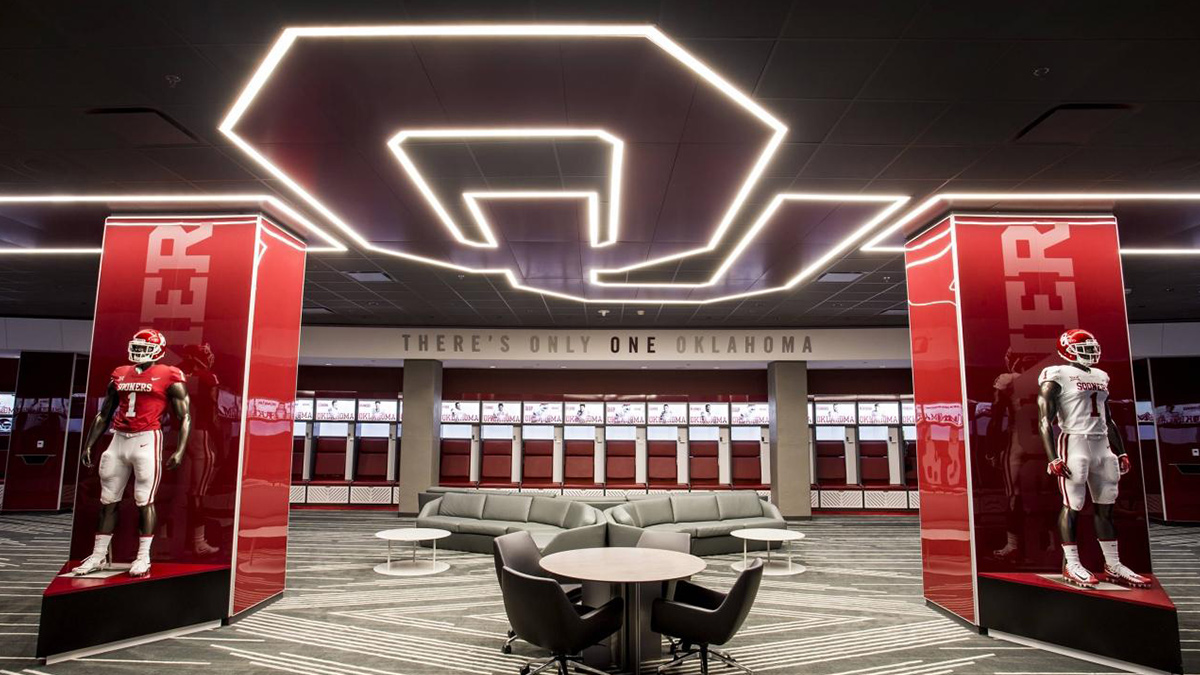The beginning of your first year in America is going to be a significant change in your life, especially because you’re not quite sure what to expect! That’s why I’ll take you through a year as a college soccer player.
Bram Kaarsgaren is our soccer specialist, and he has played soccer at Carson Newman University in Tennessee and Southern Methodist University in Texas. In this blog, he shares with us a year as a college soccer player! We’ll focus solely on soccer in this article, without comparing it to college football. If you want to know more about a year in college soccer, then keep reading below!
Begin August – pre-season
The start of the first semester usually falls somewhere in early August. Some schools even begin their pre-season in July. During the initial weeks, you won’t be training with the coaches as per the NCAA rules. Instead, the pre-season is led by the team’s captains. This period is known as “captains practice.” The main focus during these early weeks is to become super fit and form a close-knit team in a short amount of time. During pre-season, you often have two training sessions per day. In the morning, there’s a physically demanding training, and in the evening, it’s usually an 11 vs. 11 session to get the necessary minutes on the field. The older team members organize activities like barbecues and swimming events to foster team building. Since many other sports teams on campus also have their pre-season at this time, and regular students haven’t arrived yet, it’s the perfect opportunity to get to know other athletes. The empty campus also allows you to familiarize yourself with your new surroundings.
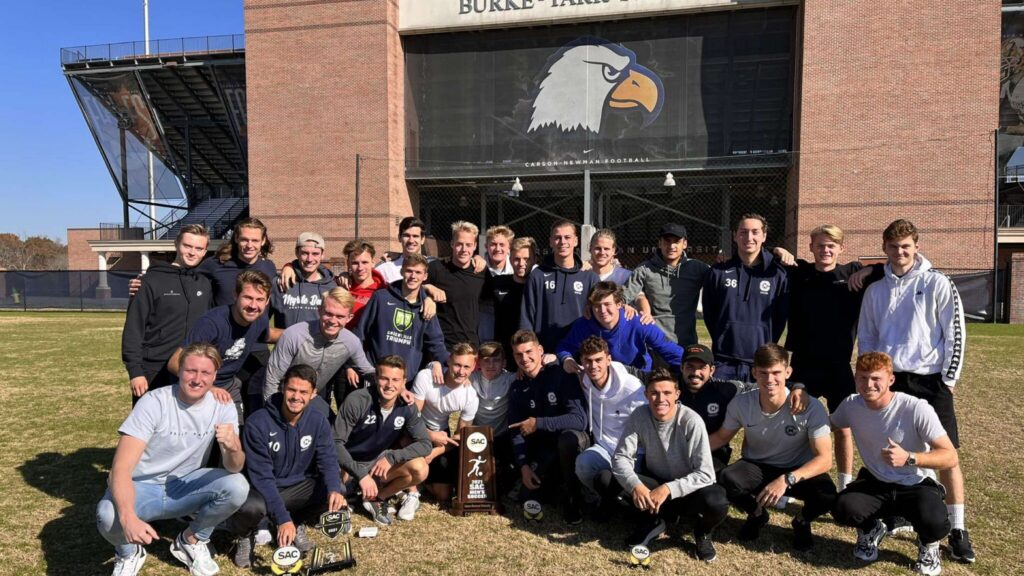
End August till December – start first semester
In mid-August, the first training sessions with the coaches begin. These weeks are when you have to earn your spot in the starting lineup, so the training sessions are extremely competitive and intense. During the initial practice matches, everyone is given a fair opportunity to showcase their skills. In this phase, the first classes also start, making the campus busier. Twice a week, you have morning strength training sessions with your strength & conditioning coach. The rest of the day is typically filled with three to four hours of classes. Around 3 o’clock, it’s time for your second training session of the day, which is a field training involving the entire coaching staff. You fit your meals in between the training sessions and classes, depending on your schedule. The dining hall will always have teammates eating, creating enjoyable moments of camaraderie with them. In the evenings, there’s time for relaxation and possibly some homework. In summary, it’s a very busy weekly schedule, but it’s incredibly rewarding to experience it with your teammates and fellow athletes within the school. The combination of adapting to a new environment and playing numerous matches makes the first semester fly by, so don’t forget to cherish and enjoy every moment!
In my first semester, I played about 15 to 20 matches, which averages to around two matches per week. It’s crucial to take good care of your body during this period because you have little time to recover between games. Our matches were typically scheduled on Wednesday and Saturday evenings. If we had an away game on Wednesday, we often had to spend 5 to 6 hours on the bus to reach the other university. At SMU, we always flew to matches, which was a whole new experience and incredibly exciting to share with your teammates! Due to the frequent traveling, you almost miss an entire day of school, so it requires some self-discipline to catch up on missed classes. However, the school’s support system is excellent and ensures you don’t miss out on anything. You can easily make up any tests or assignments. Most teammates bring books to read on the bus during these days to make good use of the time. These trips are also loads of fun with your teammates. After victories, you can imagine the team speaker blaring music at full volume, and there might even be some karaoke singing! Towards the end of the trip, the focus is usually on resting because on Thursday, you are expected to be back in the classroom. Overall, the combination of intense training, frequent matches, and traveling creates a demanding but incredibly rewarding experience. Sharing these moments with your teammates makes it all the more enjoyable, and the support and arrangements from the school help you balance academics and athletics successfully.
The final phase of the season revolves around the championships. If your team has performed well, you qualify for the “conference tournament.” This tournament consists of quarterfinals, semifinals, and a final match to determine the conference champion. The winner of this tournament qualifies for the “national tournament,” where the best team in America is determined. Additionally, you can also qualify for the national tournament based on your team’s ranking if you’ve performed well throughout the season. This phase is not for every team, but it’s incredibly exciting to experience because this is where the trophies are awarded. After the conference tournament and the last exams, it’s time for the winter break. Most students go home to celebrate the holidays with friends and family. In mid-January, you are expected to return to the campus for the start of the second semester.
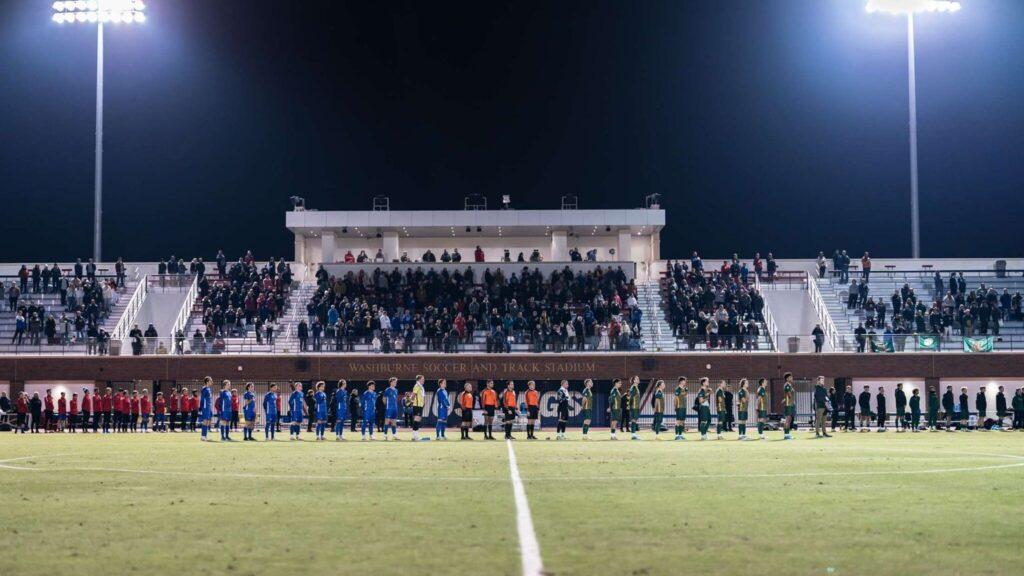
Begin January till June – Second semester
In early January, most students return to the campus, and this semester is relatively quieter in terms of soccer activities. It’s a good idea to consider taking some heavier academic courses during this time, as the focus shifts more towards academics. At the beginning of the semester, you typically have around 8 hours of training per week. Additionally, many players participate in indoor soccer tournaments on their own initiative. The team’s primary focus during this period is on strength and conditioning to lay a solid foundation for the upcoming season. While the intensity of soccer training may be reduced, the emphasis on physical fitness remains essential to stay in top shape and maintain a competitive edge. The combination of academics and maintaining fitness levels ensures a well-balanced approach during this phase of the year. It also provides an opportunity for players to fine-tune their skills, work on individual development, and prepare themselves for the challenges that lie ahead in the next soccer season.
From March onwards, your schedule as a soccer player changes again. You’ll increase your training time on the soccer field, spending about 20 hours per week with the team. During the last two months of the semester, you’ll also start playing practice matches. The seniors (final-year players) won’t participate in these matches as they won’t be part of the team for the upcoming season. This presents an opportunity for younger players to showcase their skills and catch the attention of the coaching staff. With a less hectic schedule compared to the Fall semester, there is also room for exploring and taking trips around America. This could be a great chance to bond with teammates and enjoy some leisure time outside of soccer and academics. By the end of May, the last exams are completed, and the semester comes to a close.
Almost all students then go home to enjoy the summer holidays. This break lasts about three months. It is important to follow the summer schedule during this period, because the next pre-season is scheduled for the beginning of August. As a sophomore you are an example to the new teammates, so you are expected to lead by example during training.
The soccer schedule in America is therefore quite different from that in the Netherlands. In the first semester you play many official matches in a short period of time, especially in combination with the final tournaments. In the Netherlands you play as a team twice against the same team, in America that is not the case. Here you only play once against another university, whether at home or away. The following year you play the same schedule, but then home and away games reversed. In the second semester you do not play any official competitions, but you prepare individually, but also as a team, optimally for the coming competition season. That shows how professional and serious the sport is in America. And having the weekends off in the second semester also has another big advantage: you can go on nice trips with your friends and discover America
Do you also want to study and play soccer in America? Then contact our football specialists through this form. We are happy to inform you more about playing football and studying in America! Also keep an eye on our socials for cool soccer events.

